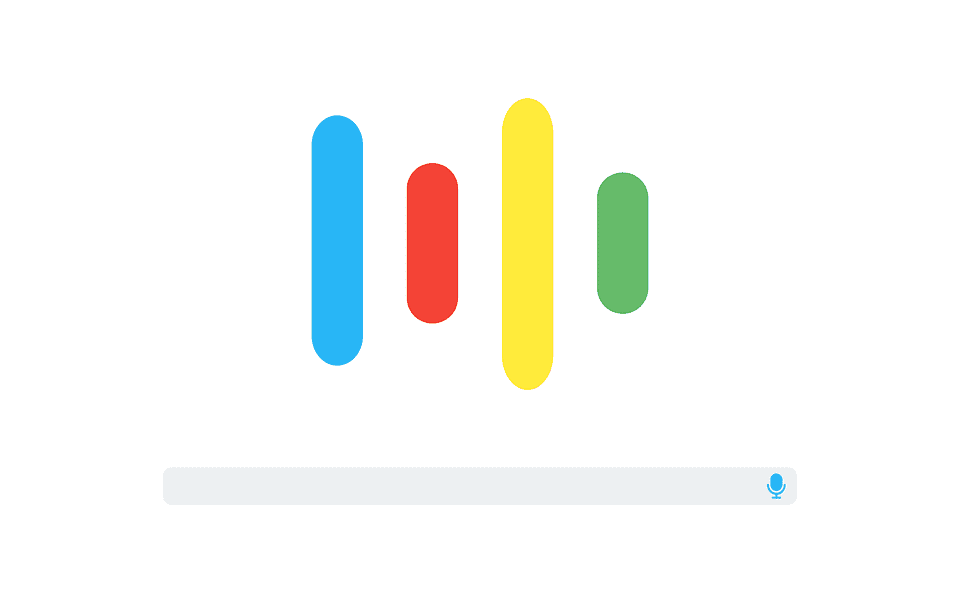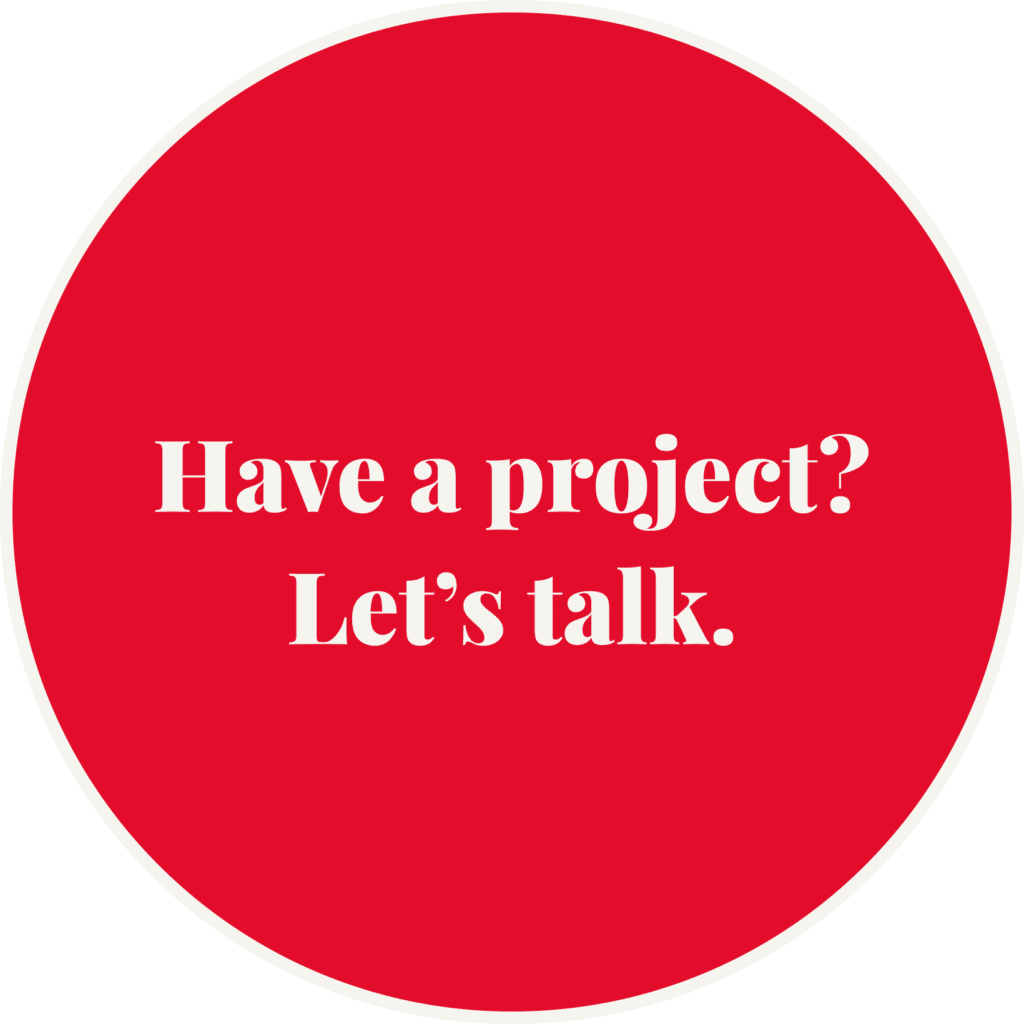As the internet continues to exponentially grow, SEO is becoming a prominent standard to being found online. But what does SEO stand for and what does it mean? In a broad sense, SEO, or Search Engine Optimization, is the effort taken for a site to rank higher in Google. While there are hundreds of factors that go into the rank of a page, we’ve identified three SEO basics you can apply the next time you add content to your site.
Setting a Keyword
A keyword is a word or phrase that describes the content on a single page. Search engines compare your keyword to a user’s search and then your rank page on relevancy to the search term. It’s important to set a keyword that improves the page’s rank as well as drives well-qualified traffic. When brainstorming potential keywords, it’s best to think like a user. What would a user search in order to find your page? Curate a list of words that relate to the page’s content, are relevant to your brand, and are highly searched in your industry.
Once you have a solid list, conduct keyword research to narrow down which keyword ideally suits the page. In this selection process, consider the keyword’s traffic volume, relevancy to the site’s content, and where you and your competitors rank for the keyword. After you’ve made your selection, incorporate the word throughout the page’s content: headings, sub-headings, body text, and image alt-text. For more in-depth information on selecting a keyword and optimizing a page for that keyword, read our Choosing & Using Your Keyword blog.
SEO-Title and Meta Description Basics
At its core, the SEO title and meta description are a title and description, about an individual page, that search engines display on their results page. When a term is searched, hundreds of results are provided. That’s why the SEO title and meta description should draw in a user, briefly tell them what the page is about, all while including the keyword you set. When creating an SEO title, it needs to be relatable to your brand and the page’s overall content. Consider including your brand or company’s name, the title of the page, and the keyword.
As for the meta description, this is a 1-2 sentence statement highlighting the page. This can be a short summary of the page or an enticing description leading the reader to want more. The meta description needs to be engaging enough that users will click through to the page. Learn more about optimizing your meta descriptions from our blog, Optimizing your Meta Descriptions.
Readability
Focusing mainly on the content of a page, readability is the last SEO basic for page optimization and rank. If a user finds your content hard to read and your site difficult to navigate, they’ll leave. Your content needs to be readable and relatable for a user to stay engaged. Keeping sentences short, and using transition words and subheadings are just a few ways readability can be improved. For more information on readability and how it’s scored, view our Readability & SEO: Every Word Matters blog.
To check the SEO or readability score before publishing a page, we recommend installing the Yoast SEO plugin. This tool scores each page individually and suggests areas for page improvement. If these SEO basics seem like a lot to take on or something you can’t add to your plate at the moment, you can hire a company like us! We believe producing content with SEO in mind is crucial to user experiences and overall rank on Google. Contact us if we can help!







